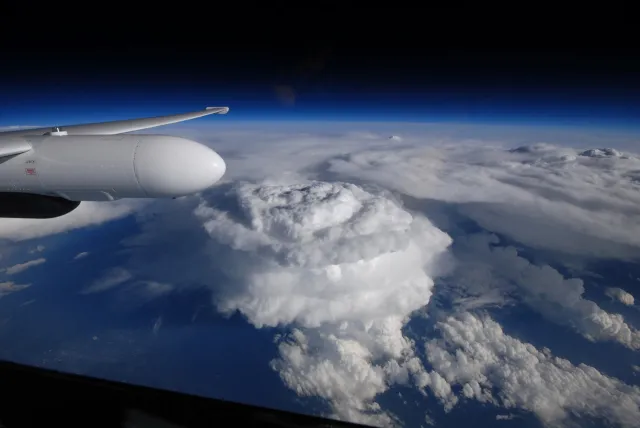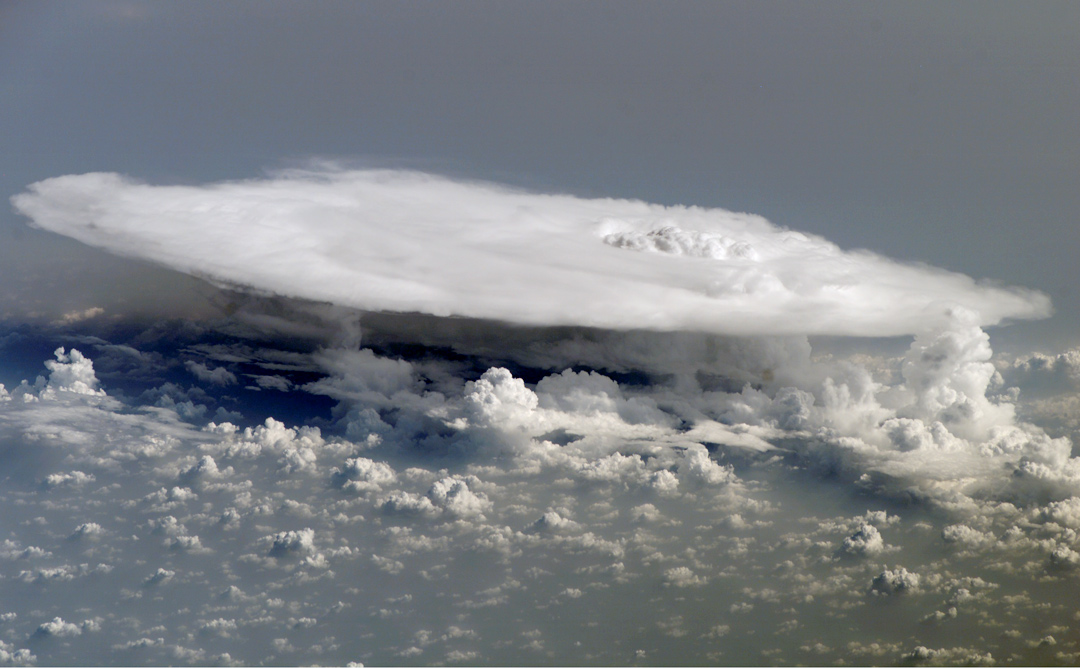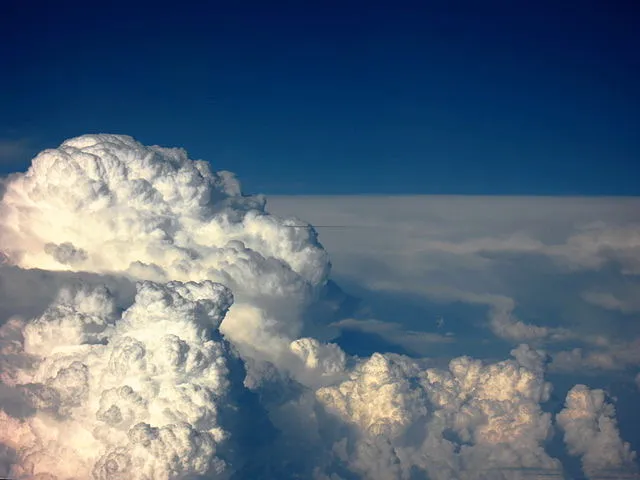
Satellite mission: searching for the secrets of clouds and climate
A high-tech joint satellite between the European and Japanese space agencies has been launched to measure the impact of clouds on climate.
Cloud research: key role in climate change
Certain lower-altitude clouds contribute to cooling the planet, whereas those found at higher altitudes function as a heat-trapping layer.
The Earthcare mission utilizes lasers and radar to examine the atmosphere. to pinpoint the balance of these processes. This is one of the key uncertainties in computer models employed to forecast the climate’s reaction to rising levels of greenhouse gasses.
” Many of our models indicate a decrease in cloud cover in the future. This implies that clouds will reflect less sunlight back into space, resulting in greater absorption of solar energy at the Earth’s surface. This process acts as a warming amplifier, adding to the effect of greenhouse gasses “, said Dr.Robin Hogan, a scientist from the European Centre for Medium-Range Weather Forecasts, in an interview with BBC News. The 2.3-ton satellite was launched from California aboard a SpaceX rocket. The European Space Agency (ESA) leads the project, describing it as the organization’s most intricate Earth observation endeavor thus far.

The technical challenge of making the instruments work as intended was enormous. A full 20 years passed from the mission was approved before its launch. Earthcare will circle the Earth at an altitude of approximately 400 km (250 miles). It is equipped with four instruments that will operate together
to provide the information climate scientists need. The simplest of these is the imager, a camera that will photograph the scene passing underneath the The spacecraft will provide context for the measurements taken by the other three instruments.
Earthcare’s European ultraviolet laser will identify thin, high clouds, descending cloud tops, and minute particles and droplets (aerosols) in the atmosphere, affecting cloud formation and behavior.
Earthcare and its mission: studying clouds to understand climate change
Japanese radar on the satellite to determine the amount of water they carry and how it falls as rain, hail, or snow.
The radiometer will assess the amount of energy from the Sun falling on Earth that is either reflected or radiated back into space. ” Dr. Helen Brindley from the UK’s National Earth Observation Centre emphasized that the balance between the total radiation leaving Earth and the incoming solar radiation fundamentally determines our climate.
“ A shift in this equilibrium, such as an uptick in greenhouse gas concentrations, will result in a reduction of outgoing energy compared to incoming energy., which will lead to warming of the climate,” the expert notes. Earthcare data will be used to improve weather forecasts by helping analyze storm development based on cloud conditions observed days ago. The initial scientific idea of Earth care was put forward by Professor Anthony Illingworth from the University of Reading and his associates in 1993. He noted that witnessing the launch of the satellite became a reality after a long and difficult journey involving dedicated scientists and engineers from different countries. Together they created something amazing that will change our comprehension of the planet.

One of the main technical hurdles was the space laser, or lidar. Developers from Airbus-France spent a significant amount of time creating a design that can function reliably in the vacuum of space. This required a fundamental redesign of the instrument, which led not only to delays, but also to a significant increase in mission costs. It is now valued at around €850m (£725m).
These missions are not designed to be cheap, fast or to be designed to solve minor issues; they are intricate.
Dr. Beth Greenway explained that Earthcare has taken a long time because they are striving for the highest standard. It won’t take Earthcare long for Earthcare to gather data. Flying at an altitude of 400 km means that the satellite will experience resistance from the residual atmosphere, which will lead to its decline over time.
“We have enough fuel for three years, plus an additional year. Essentially, the satellite’s lifespan is constrained by low orbit and the resulting drag,” clarified Dr. Michael Eisinger from ESA.
Airbus-Germany took the lead in the industrial development of Earthcare,with the basic chassis or satellite structure built in the UK. The UK also provided a radiometer from Thales Alenia Space UK and a thermal imager from Surrey Satellite Technology Ltd. GMV-UK has developed ground systems for data processing.
The Japanese Space Agency (Jaxa), motivated by the significant interest in the mission, will continue its tradition of assigning a nickname to the satellite – “Hakuryu” or “White Dragon”.
In Japanese folklore, dragons are revered as ancient divine beings that govern water and soar through the skies. This 2024 is also recognized as the Japanese Year of the Dragon, known as Tatsu-doshi. The satellite’s appearance also holds significance: it is coated in white insulation and features a lengthy, dangling solar panel reminiscent of a tail.
“Earthcare, akin to a dragon ascending into space, will become the entity foreseeing our future,” remarked Jaxa project manager Eiichi Tomita.